What to do in Honduras: 20 must-sees and must-dos
Anto
06 Mar 2024
Welcome to the enchanting world of Honduras, a destination all too often overlooked, yet rich in natural, cultural and historical treasures. Nestled in the heart of Central America, this country offers travelers an authentic experience, where the vestiges of ancient civilizations mingle with the wild beauty of its paradisiacal beaches and lush jungles. In this travel blog dedicated to Honduras, we invite you to explore every corner of this fascinating land, discover its best-kept secrets, immerse yourself in its vibrant culture and let yourself be bewitched by its breathtaking diversity. Get ready for a sensory and emotional journey of adventure and discovery every step of the way. Join us for an unforgettable adventure in the heart of Honduras!
Your online travel health insurance
Start your quotation now and obtain your medical insurance certificate, which insures medical expenses according to the country’s needs.
Here are some useful links to help you plan your trip to Honduras:
Copán Ruinas is a veritable window onto ancient Mayan civilization, offering visitors a fascinating immersion in the glorious past of this enigmatic culture. Located in the verdant mountains of western Honduras, Copán Ruinas is famous for its exceptionally well-preserved archaeological site, a UNESCO World Heritage Site since 1980.
At the heart of this majestic site lies an impressive array of pyramids, temples, sculpted stelae and terraces, testifying to the artistic refinement and architectural ingenuity of the ancient Maya. Each stone tells a story, each sculpture evokes a belief, offering visitors a captivating glimpse into the life and spirituality of this age-old civilization.
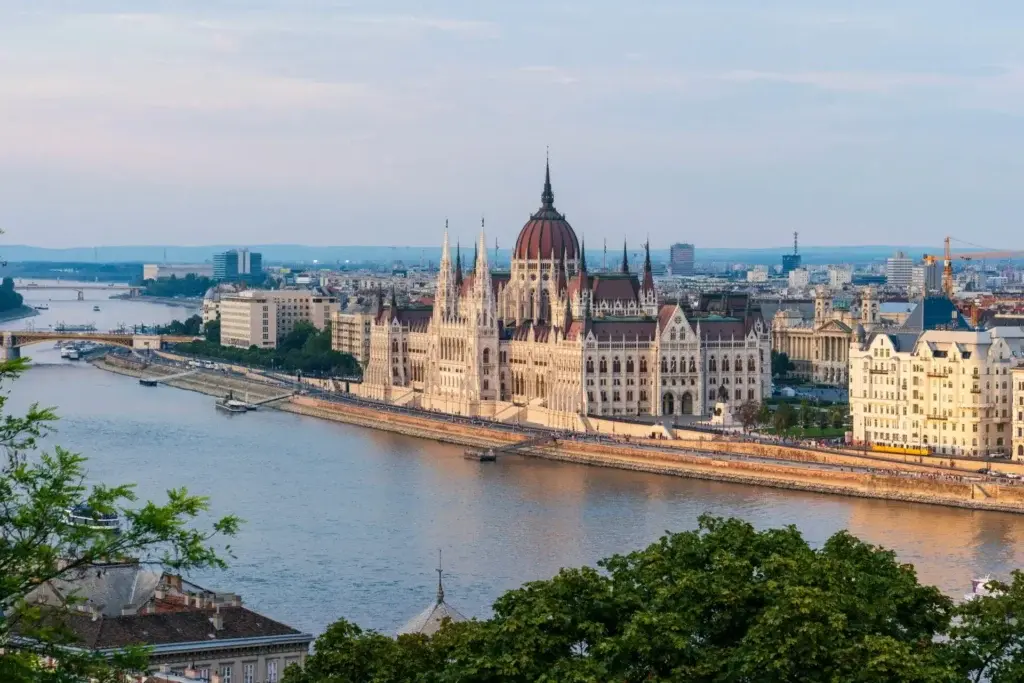
The Bay Islands, true gems of the Atlantic Ocean, form a heavenly archipelago off the coast of Honduras. Made up of several islands and islets, the best known of which are Roatán, Utila and Guanaja, these exotic destinations captivate travelers from all over the world with their unspoiled natural beauty and crystal-clear waters teeming with marine life.
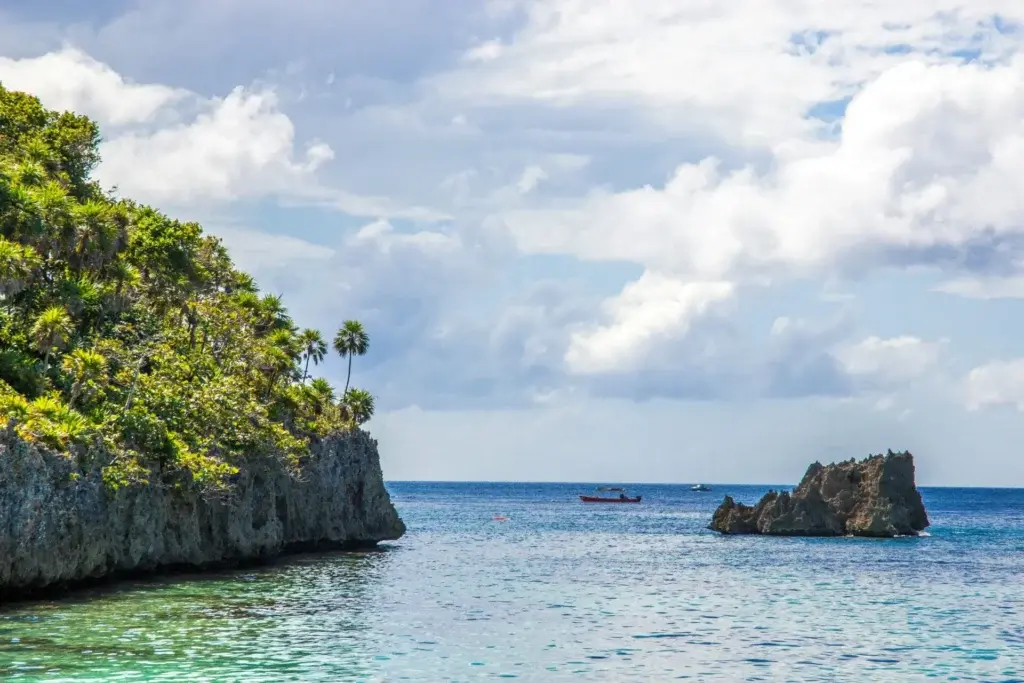
Roatán, the pearl of the Caribbean, is a paradise island off the coast of Honduras. With its pristine white sand beaches, crystal-clear waters and spectacular coral reefs, Roatán is a dream destination for travelers seeking sun, relaxation and adventure.
This tropical island offers a multitude of activities to suit all tastes. Scuba diving and snorkeling enthusiasts will be delighted by the dazzling diversity of marine life that inhabits the surrounding waters, from multicolored corals and tropical fish to rays and sharks. The island’s many dive sites, including the famous West End Wall, offer unforgettable experiences for divers of all levels.
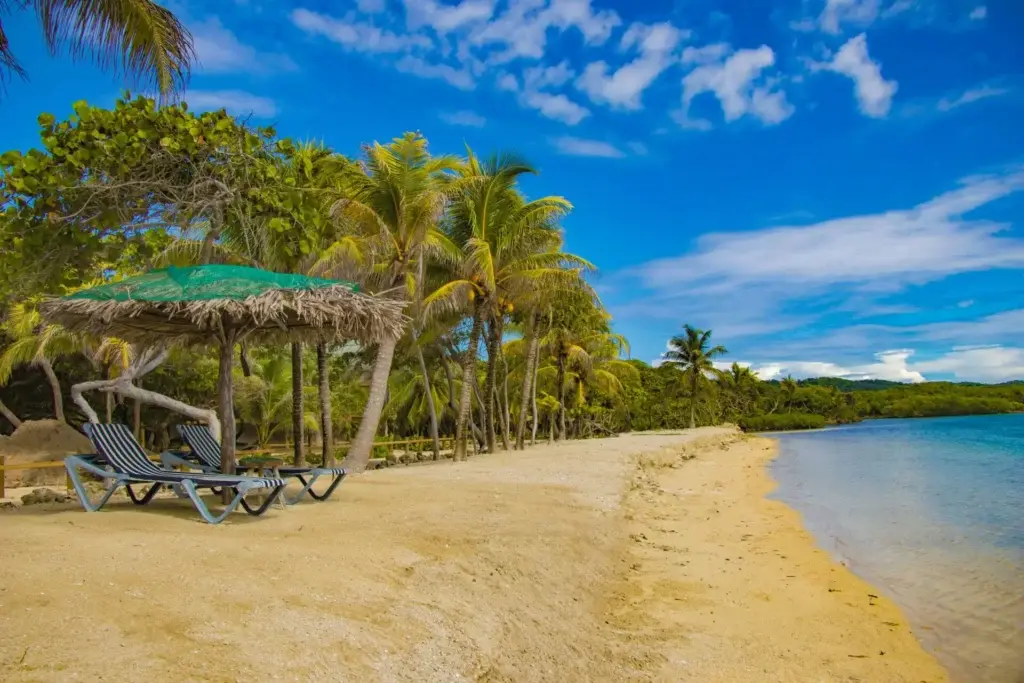
Pico Bonito National Park, in northern Honduras, is an oasis of biodiversity and natural beauty. Covering more than 500 square kilometers, the park is home to an incredible variety of landscapes, from mountain peaks to crystal-clear rivers and dense rainforests.
The park’s highest point is Bonito Peak, which rises majestically to an altitude of over 2,400 metres. Hiking trails offer visitors breathtaking views of the surrounding mountains, as well as rich and varied flora and fauna. If you’re lucky, you may catch a glimpse of howler monkeys, colorful toucans and perhaps even the rare resplendent quetzal.
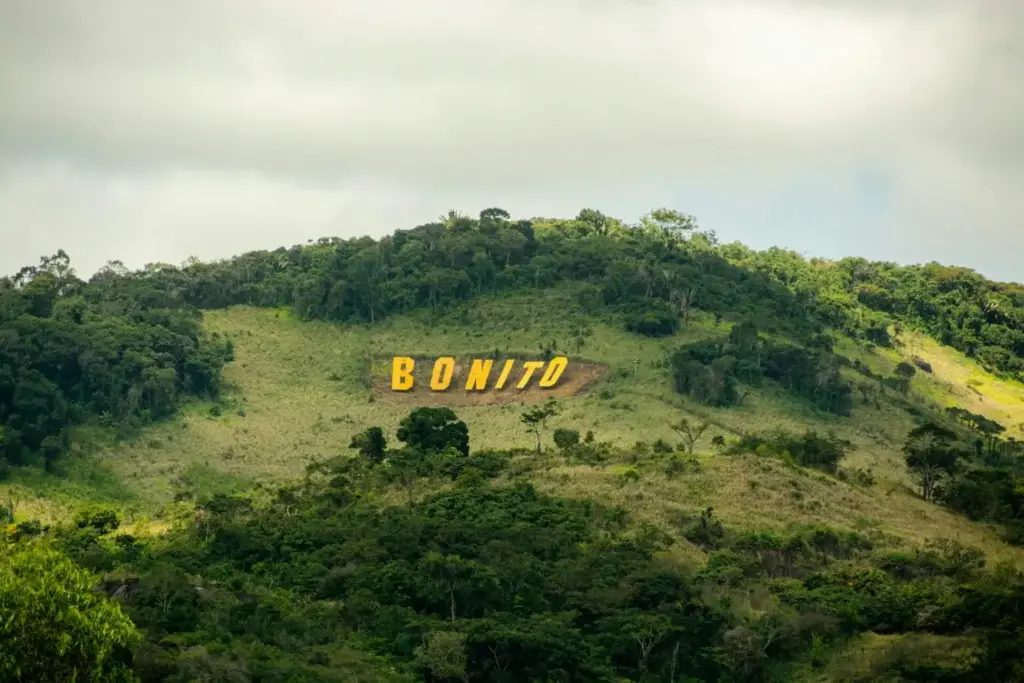
The Yojoa Lagoon, a natural gem in Honduras, is the country’s largest lake, set in the heart of a picturesque mountain region. Surrounded by lush green hills and forests, this lagoon offers visitors a peaceful escape from the hustle and bustle of the city.
The tranquil waters of Yojoa Lagoon are home to remarkable biodiversity, with a variety of species of fish, birds and aquatic plants. Birdwatchers will be delighted by the diversity of species that inhabit the shores of the lagoon, from majestic herons and colorful hummingbirds to eagles and cormorants.
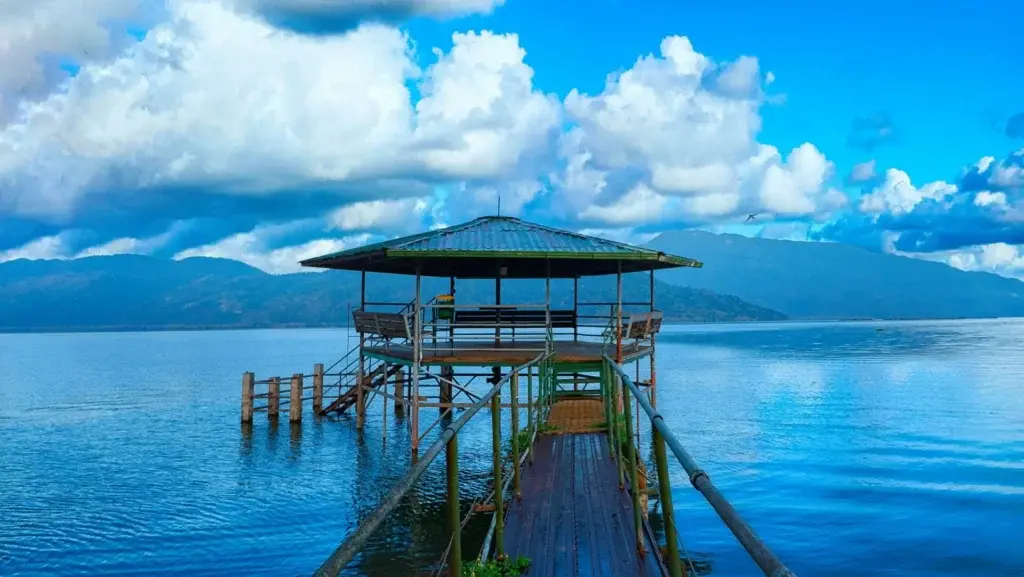
Tegucigalpa, the vibrant capital of Honduras, is much more than just a city. Nestled in the heart of the mountains, it offers a fascinating blend of culture, history and spectacular scenery.
The city is a crossroads where past and present meet. Its cobbled streets wind through picturesque colonial quarters, where historic churches stand alongside modern buildings. The downtown area is packed with museums, art galleries and historic sites, such as the National Museum of Anthropology and History, offering a captivating glimpse into the rich history and culture of Honduras.
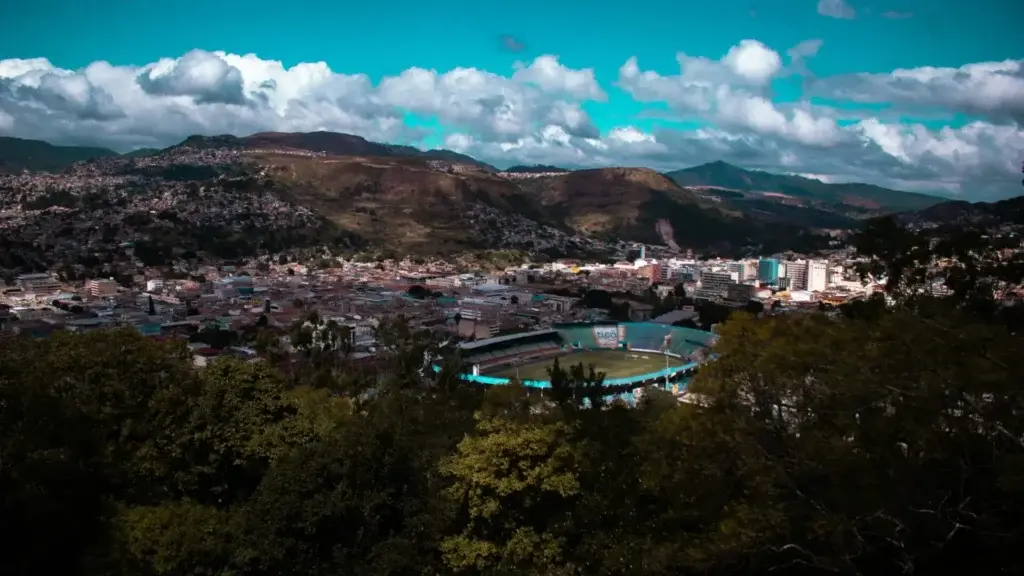
La Ceiba, nicknamed the “Pearl of the Caribbean”, is a lively coastal town on the north coast of Honduras. Known for its pristine white sand beaches, crystal-clear waters and lush vegetation, La Ceiba offers visitors an unforgettable tropical getaway.
One of La Ceiba’s major attractions is its proximity to the famous Tela Bay Biosphere Reserve, where travelers can explore incredible biodiversity in environments ranging from mangroves to tropical rainforests. Nature lovers can also enjoy hikes through Pico Bonito National Park, where picturesque trails offer panoramic views of the surrounding mountains and rushing rivers.
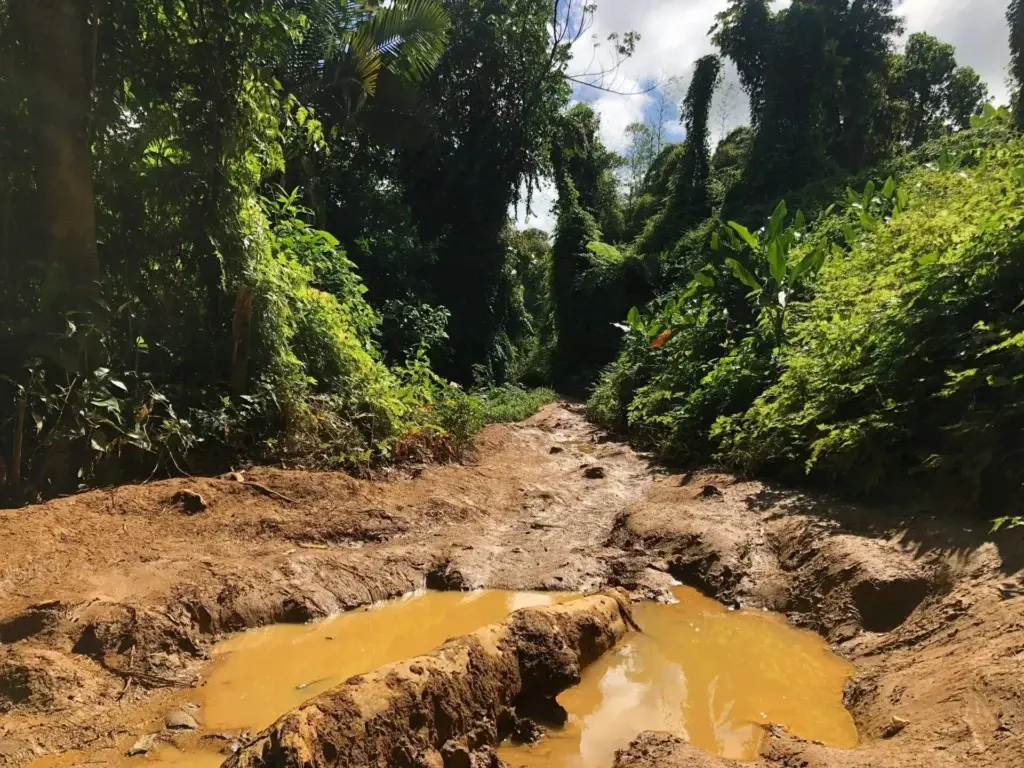
Gracias, a picturesque colonial town nestled in the mountains of western Honduras, is a destination full of charm and history. Its name, which means “thank you” in Spanish, reflects the gratitude that visitors often feel after discovering the beauty of this unspoilt place.
This tranquil town is packed with architectural treasures from the Spanish colonial era, with cobbled streets lined with colorful houses and centuries-old churches. The Fortaleza de San Cristóbal, an imposing fortress built in the 16th century to protect the town from pirate attacks, offers spectacular views of the surrounding region and is a major historical landmark.
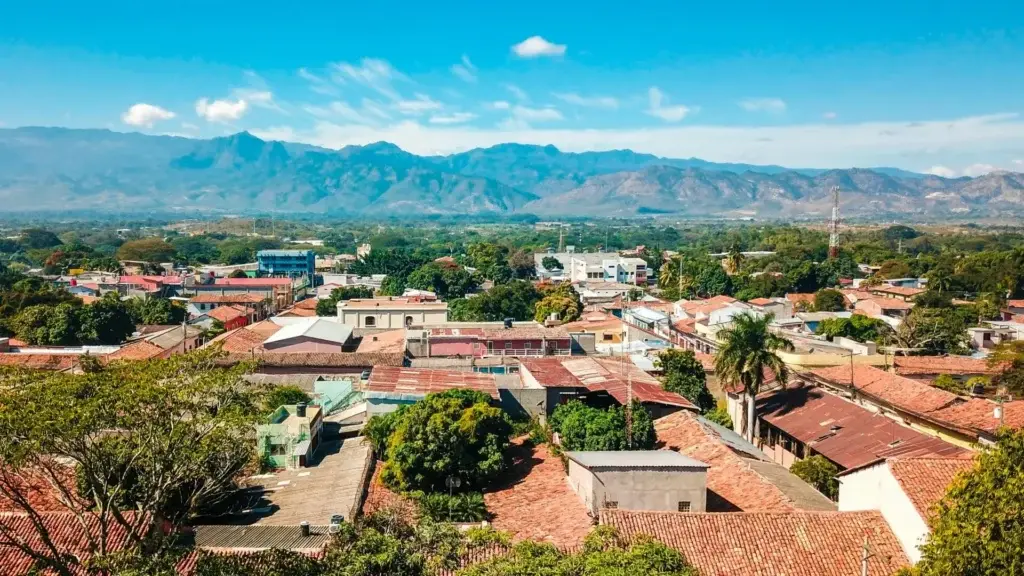
Utila Island, a Caribbean gem off the northern coast of Honduras, is a popular destination for travelers in search of a tropical paradise. Famous for its unspoilt natural beauty and laid-back atmosphere, Utila offers an ideal getaway for beach lovers, scuba divers and relaxation enthusiasts.
The warm, crystal-clear waters surrounding the island are home to one of the world’s largest coral reefs, offering divers and snorkelers an unforgettable experience. Visitors can explore a breathtaking underwater world populated by multicolored corals, vibrant tropical fish and even majestic whale sharks, of which Utila is reputed to be one of the best places in the world to observe them.
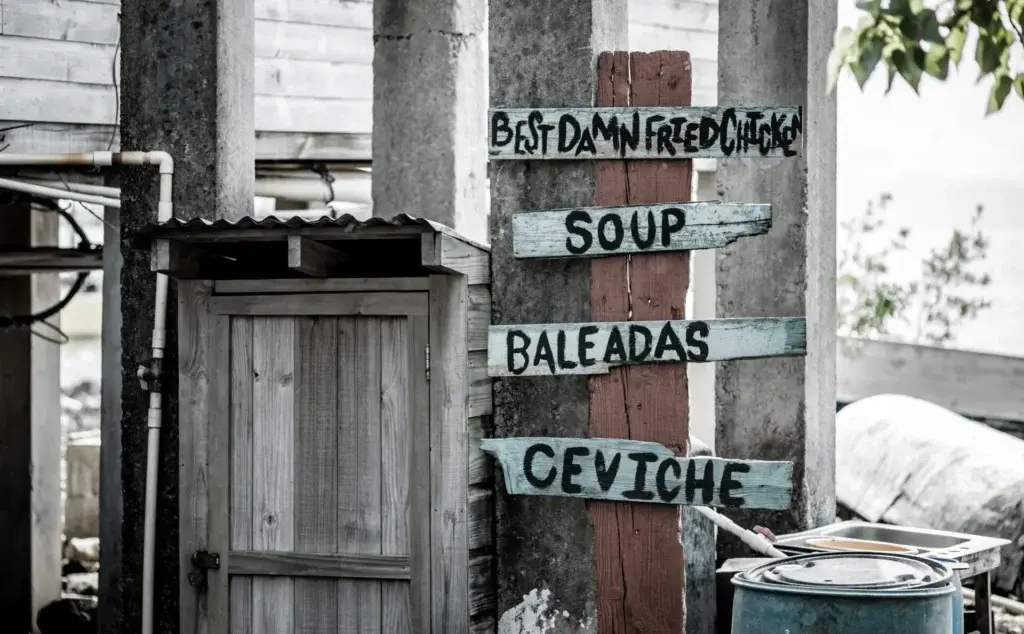
Celaque National Park, located in the mountainous west of Honduras, is a natural treasure trove of breathtaking scenery, exceptional biodiversity and unforgettable adventure opportunities. At the heart of the park stands the majestic Cerro Las Minas, the highest point in Honduras at over 2,800 meters.
Visitors to Celaque National Park can explore a wide variety of ecosystems, from cloud forests to crystal-clear rivers and spectacular waterfalls. Hiking trails wind through breathtaking scenery, offering panoramic views of the surrounding mountains and verdant valleys.
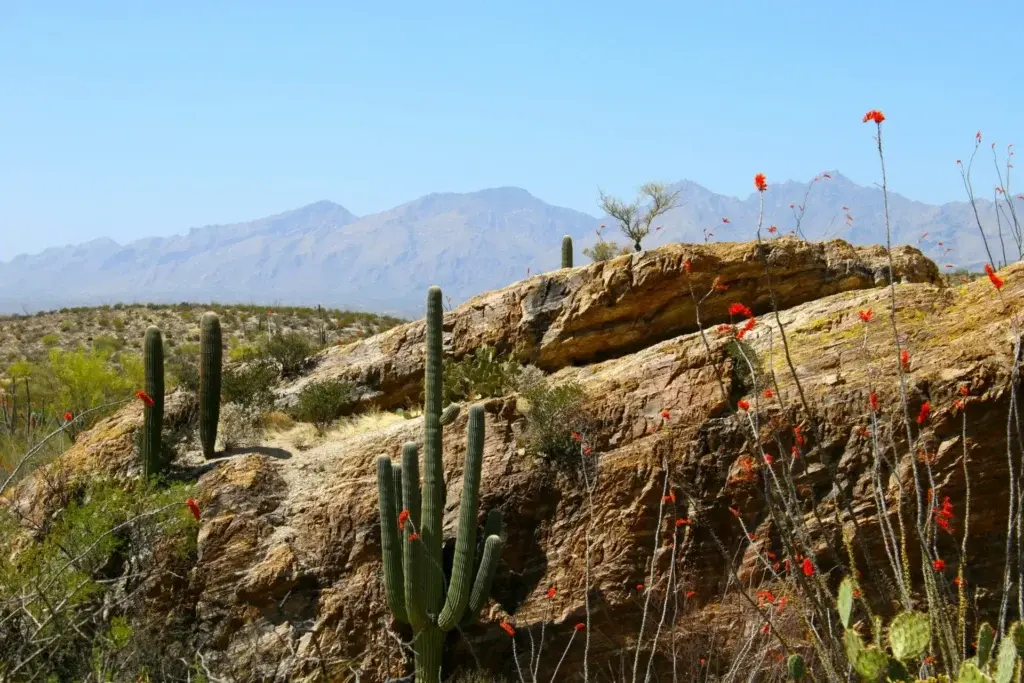
Santa Rosa de Copán, a charming town in western Honduras, is a true hidden treasure offering visitors an authentic experience of the country’s culture and history. Nestled in green mountains and surrounded by coffee plantations, this picturesque colonial town exudes a timeless charm.
The cobbled streets of Santa Rosa de Copán are packed with well-preserved historic buildings, including the imposing 16th-century San Pedro Cathedral, which dominates the town’s main square. Visitors can stroll through narrow streets lined with colorful houses, discover ancient churches and historic monuments, and admire Spanish colonial architecture.
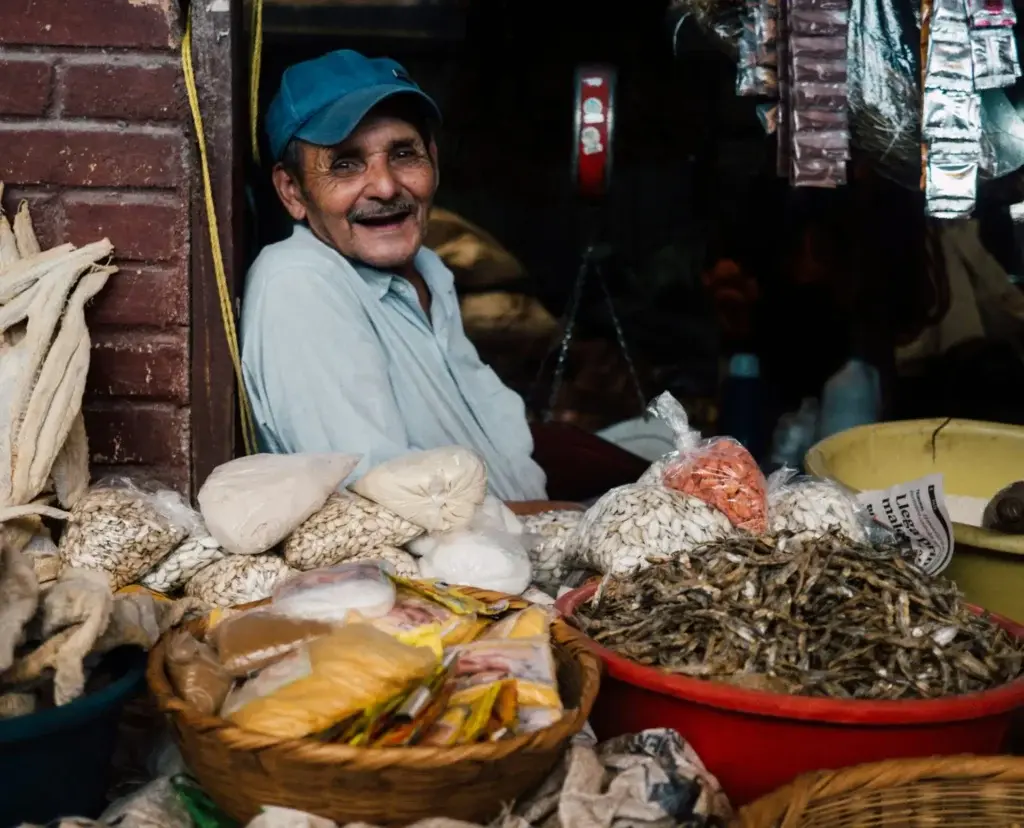
The Gulf of Fonseca, a majestic body of water nestled between Honduras, El Salvador and Nicaragua, is a hidden gem in Central America. Bordered by picturesque landscapes, colorful fishing villages and abundant marine biodiversity, this gulf offers visitors an unforgettable experience of natural beauty and local culture.
The calm waters of the Gulf of Fonseca are home to a variety of marine life, from colorful tropical fish to majestic sea turtles. Diving and snorkeling enthusiasts will be delighted by the vibrant coral reefs and schools of fish that populate the region’s crystal-clear waters.
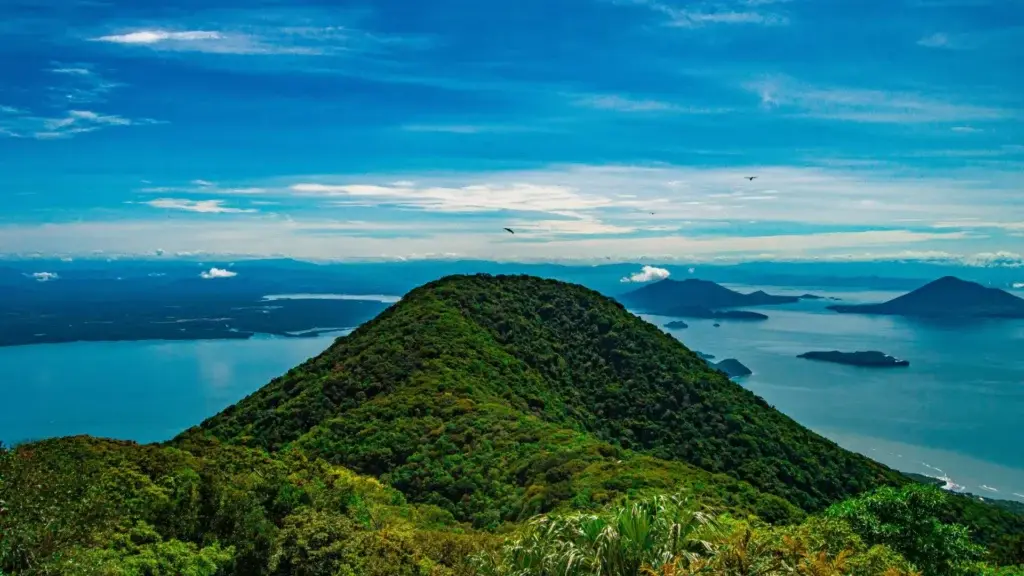
Comayagua, a historic and cultural city in the heart of Honduras, is a treasure trove of colonial architecture and vibrant traditions. Founded in 1537, Comayagua is one of the country’s oldest towns, giving it a unique charm and a rich history to explore.
Downtown Comayagua is a showcase of Spanish colonial architecture, with cobbled streets, picturesque squares and well-preserved historic buildings. Comayagua Cathedral, built in the 18th century, is one of the city’s most emblematic monuments, with its imposing architecture and magnificent works of religious art inside.
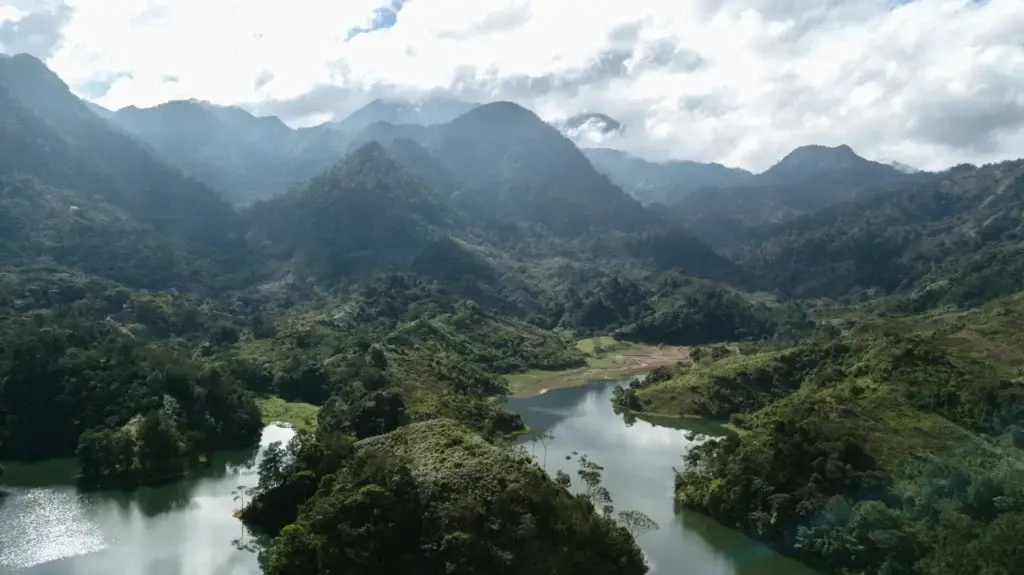
Montaña de Yoro National Park, nestled in the mountains of Honduras, is a jewel case of preserved nature, offering visitors a unique experience at the heart of tropical biodiversity. This nature reserve, established in 1987, covers an area of almost 11,000 hectares and is home to a variety of ecosystems ranging from cloud forests to crystal-clear rivers.
One of the park’s main attractions is the El Chorrito cascade, a spectacular waterfall over 30 metres high. Accessible via picturesque hiking trails, this waterfall offers an impressive spectacle, with its roaring waters falling into a natural pool surrounded by lush vegetation.
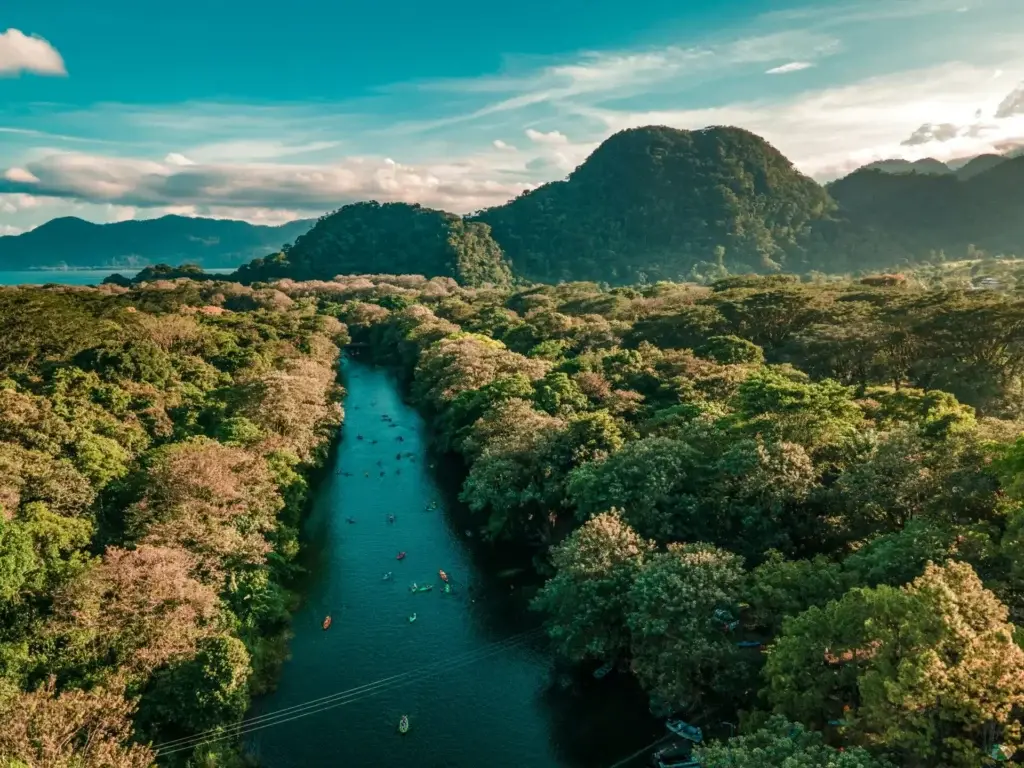
Guanaja Island, one of the least developed and most unspoiled islands in the Caribbean, is a hidden gem in Honduras, offering visitors an authentic, unspoilt tropical getaway. Located around 70 kilometers north of the island of Roatán, Guanaja boasts pristine beaches, crystal-clear waters and a peaceful atmosphere.
What sets Guanaja apart from the other islands in the region is its wild, unspoilt character. With few roads and few motorized vehicles, the island offers a total escape from the hustle and bustle of modern life. Visitors can travel by water cab, kayak or even on foot to explore the beautiful secluded beaches, hidden coves and picturesque hiking trails.
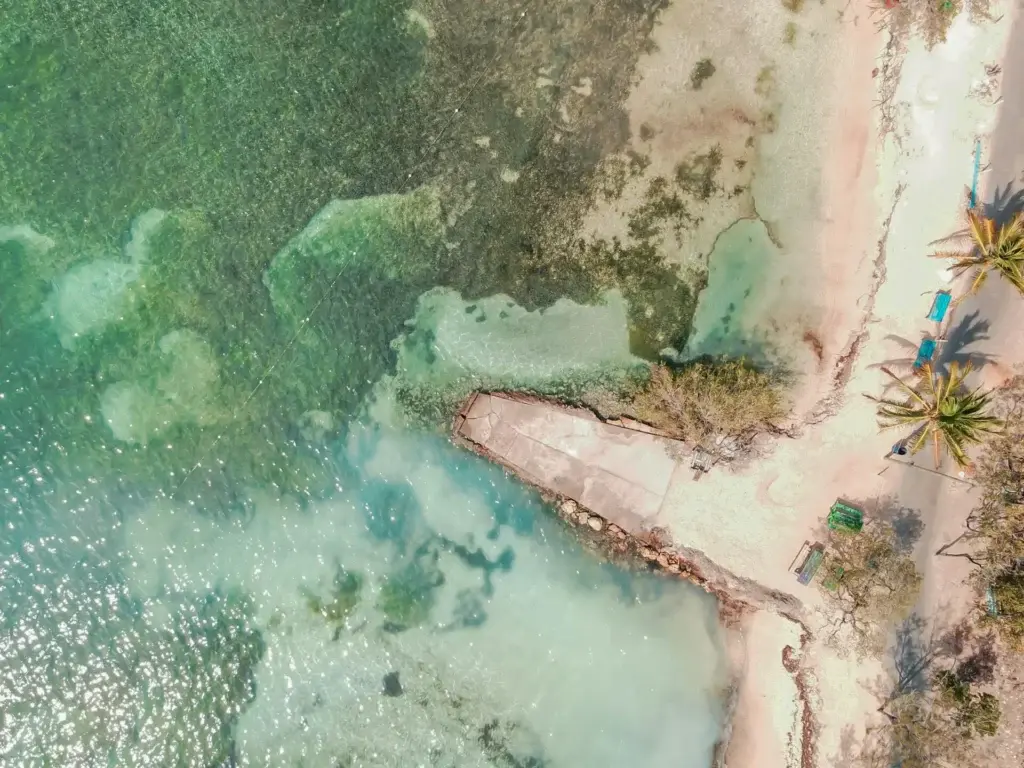
San Pedro Sula, the second-largest city in Honduras, is a dynamic economic and cultural center located in the Sula Valley in the country’s northwest. Known for its warm climate, lively atmosphere and rich cultural heritage, San Pedro Sula offers visitors a diverse and fascinating urban experience.
The city is packed with historic sites, museums and cultural attractions. The Museum of Anthropology and History of San Pedro Sula offers a fascinating insight into Honduran history and culture, while the Cathedral of San Pedro Sula, built in the 19th century, is an impressive architectural masterpiece not to be missed.
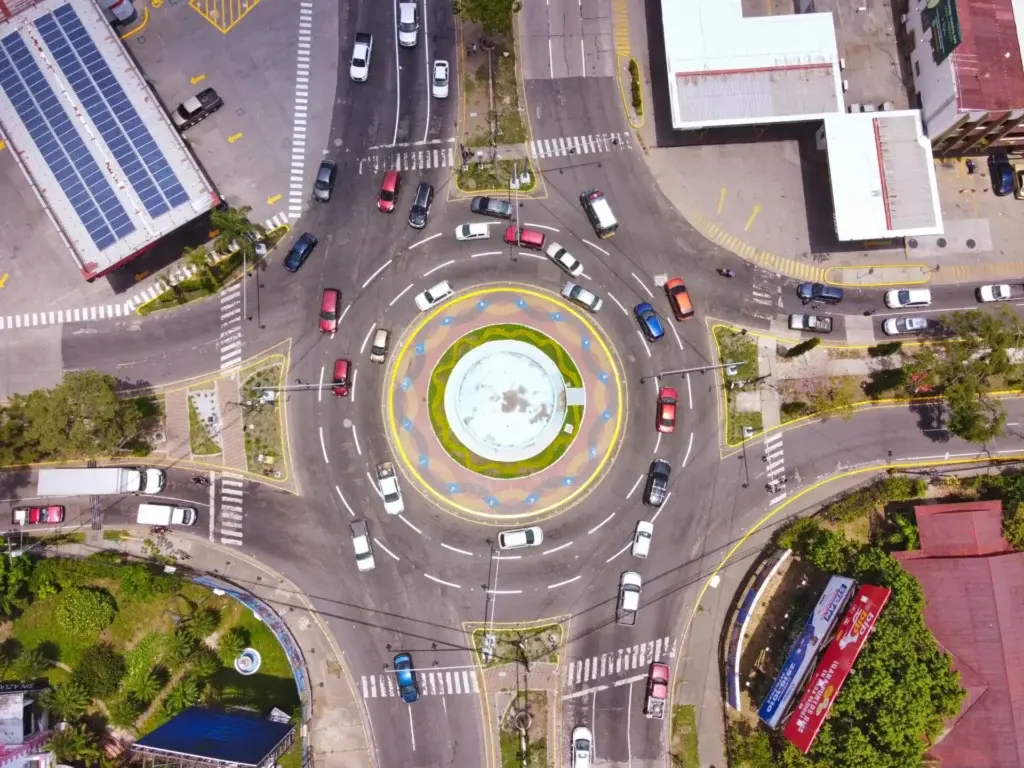
Sierra de Agalta National Park, located in the heart of Honduras, is a natural wonderland home to an incredible diversity of ecosystems and wildlife. This protected reserve covers more than 500 square kilometers, offering visitors a total immersion in the natural beauty and biodiversity of Central America.
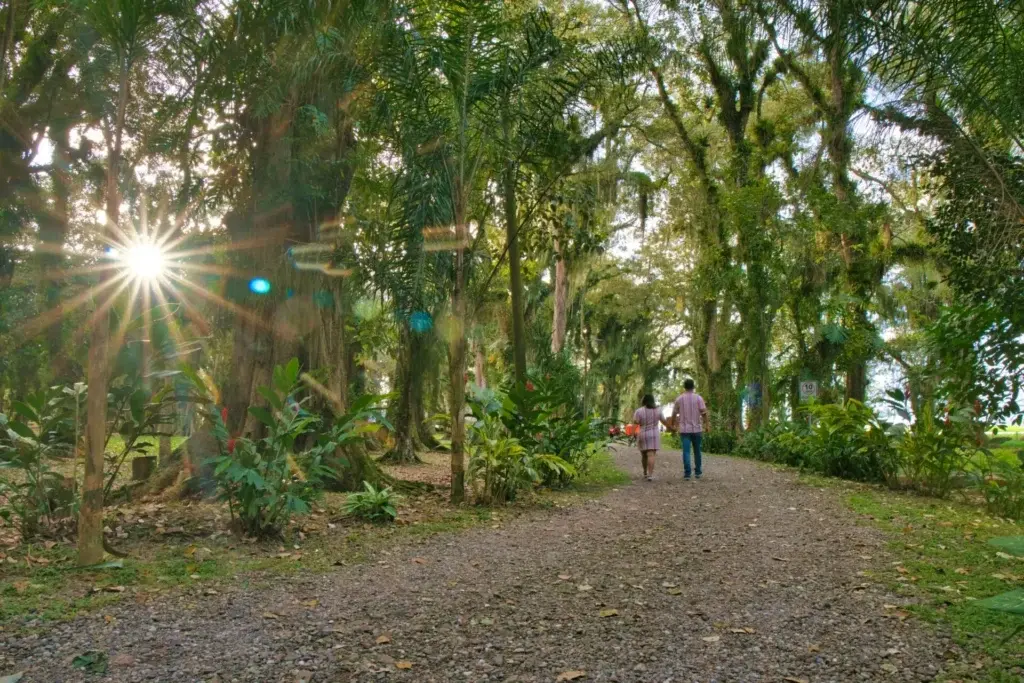
The Río Plátano Biosphere Reserve, located on the northeast coast of Honduras, is one of Central America’s most precious and best-preserved natural gems. Listed as a UNESCO World Heritage Site in 1982, this vast protected area covers more than 5,000 square kilometers, encompassing an incredible diversity of ecosystems from tropical rainforests to coastal mangroves.
The Río Plátano Biosphere Reserve is home to exceptional biodiversity, with a wide variety of flora and fauna, including many rare and endangered species. Visitors can expect to see howler monkeys, jaguars, tapirs, crocodiles and a host of exotic birds in their natural habitat.
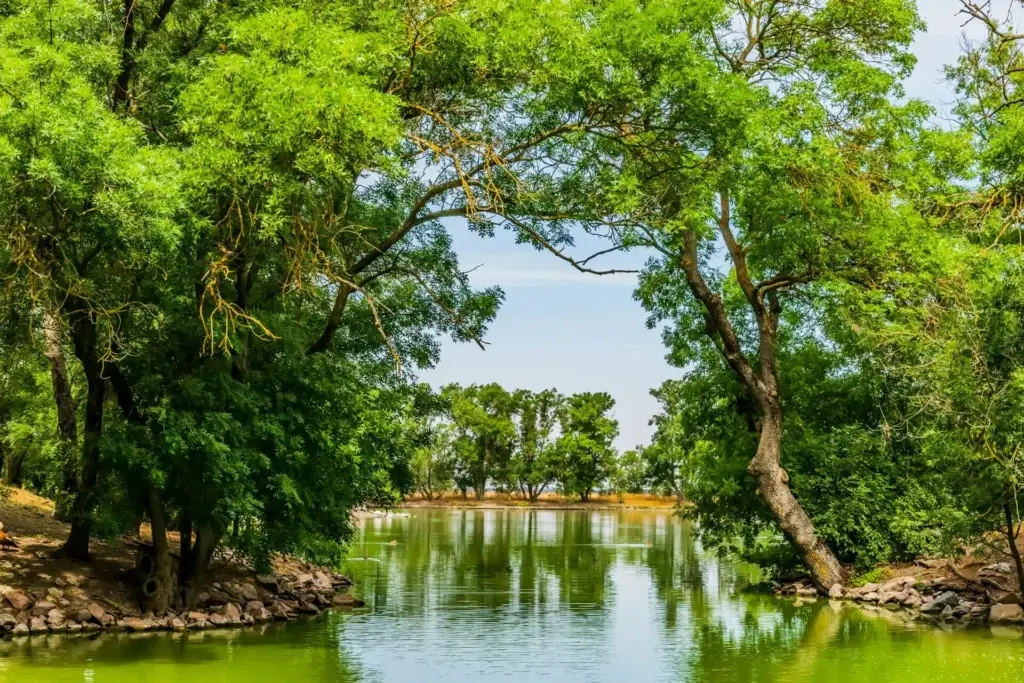
Cayos Cochinos, an archipelago of small islands and islets off the northern coast of Honduras, is a truly unspoilt tropical paradise, offering visitors an idyllic getaway in crystal-clear Caribbean waters. Comprising two main islands, Cayo Mayor and Cayo Menor, as well as several smaller islets, this island group is a protected marine reserve and a renowned diving site.
The turquoise waters of Cayos Cochinos are home to exceptional marine biodiversity, with colorful coral reefs, a multitude of tropical fish and other fascinating sea creatures. Visitors can dive or snorkel along the reefs, explore underwater caves and swim alongside sea turtles and rays.
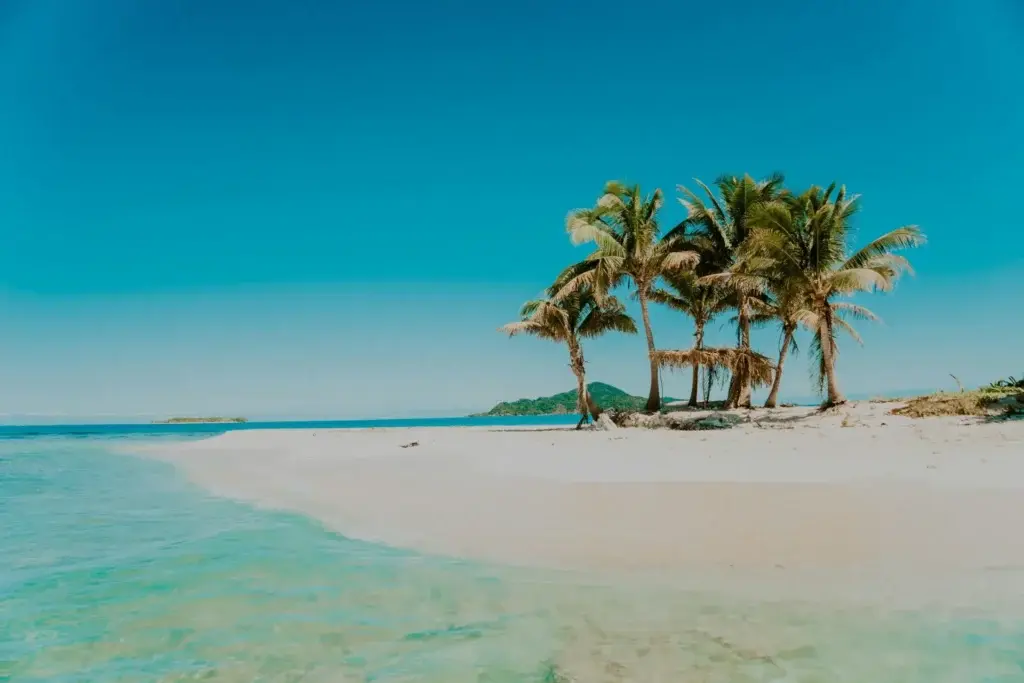
Cusuco National Park, located in the mountains of northwest Honduras, is a spectacular nature reserve offering exceptional biodiversity and breathtaking scenery. Established in 1959, the park covers an area of over 23,000 hectares and is home to a wide variety of ecosystems, from cloud forests to alpine meadows.
What makes Cusuco National Park so special is its rich biodiversity. The area is home to a wide variety of plant and animal species, many of which are endemic to the region. Visitors can expect to see a wide variety of mammals, birds, reptiles and amphibians, including the jaguar, the resplendent quetzal and the rare and endangered golden toad.
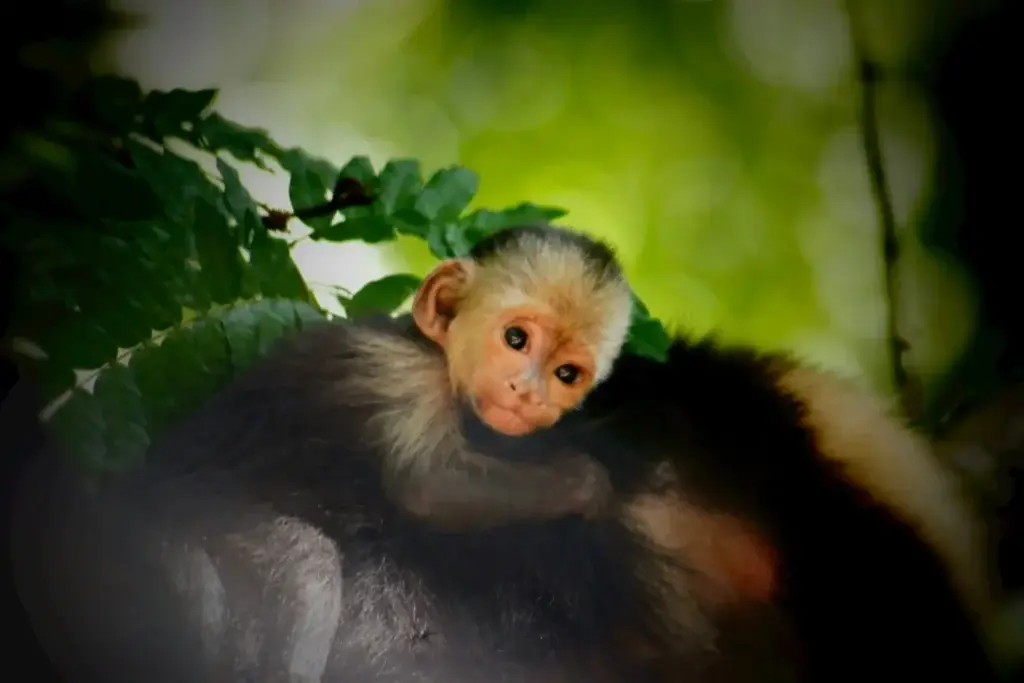
Do you have any questions?
Our teams are here to advise you!

4,3/5 on Trustpilot

Certified partners

Human & committed service

Customized offer

Optimal coverage